| Structure | Name/CAS No. | Articles |
|---|---|---|
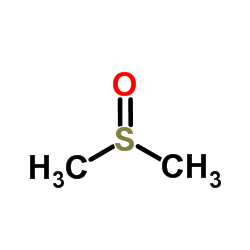 |
Dimethyl sulfoxide
CAS:67-68-5 |
|
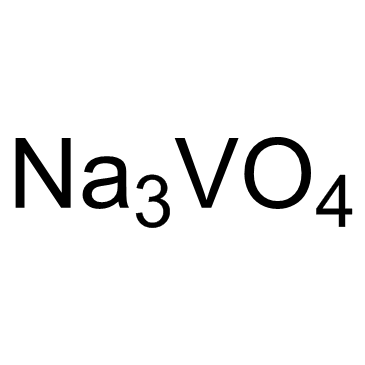 |
Sodium orthovanadate
CAS:13721-39-6 |
|
 |
potassium chloride
CAS:7447-40-7 |
|
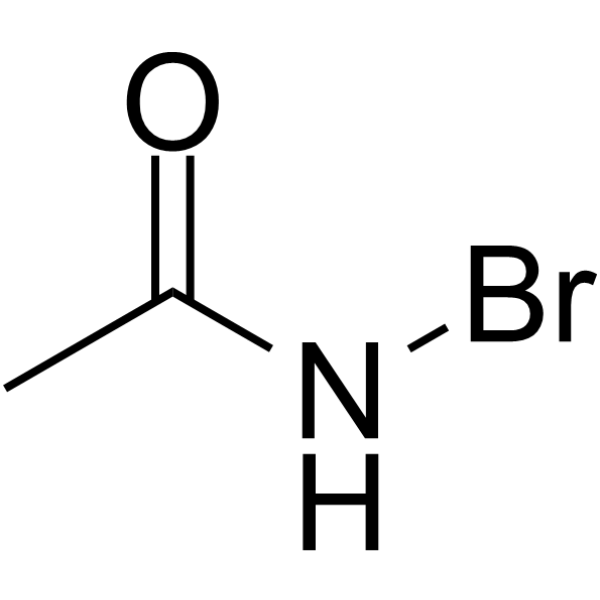 |
N-Bromoacetamide
CAS:79-15-2 |
|
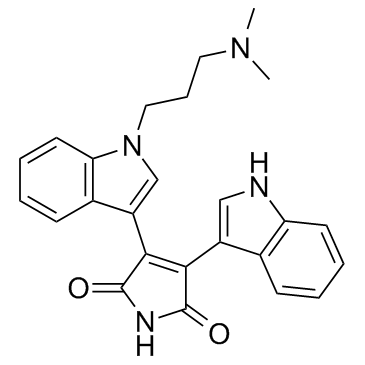 |
Bisindolylmaleimide I (GF109203X)
CAS:133052-90-1 |
|
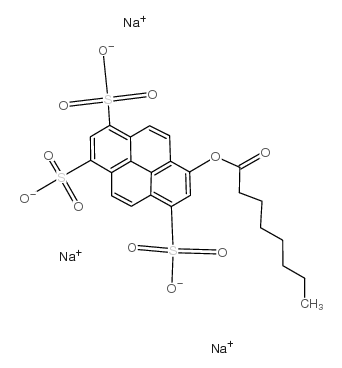 |
8-Octanoyloxypyrene-1,3,6-trisulfonic acid trisodium salt
CAS:115787-84-3 |
|
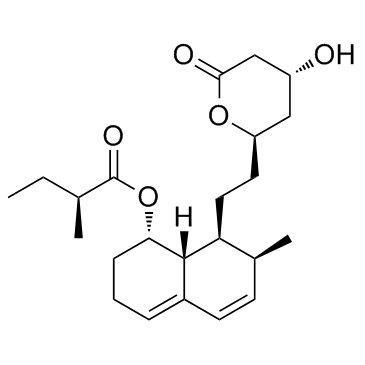 |
Mevastatin
CAS:73573-88-3 |